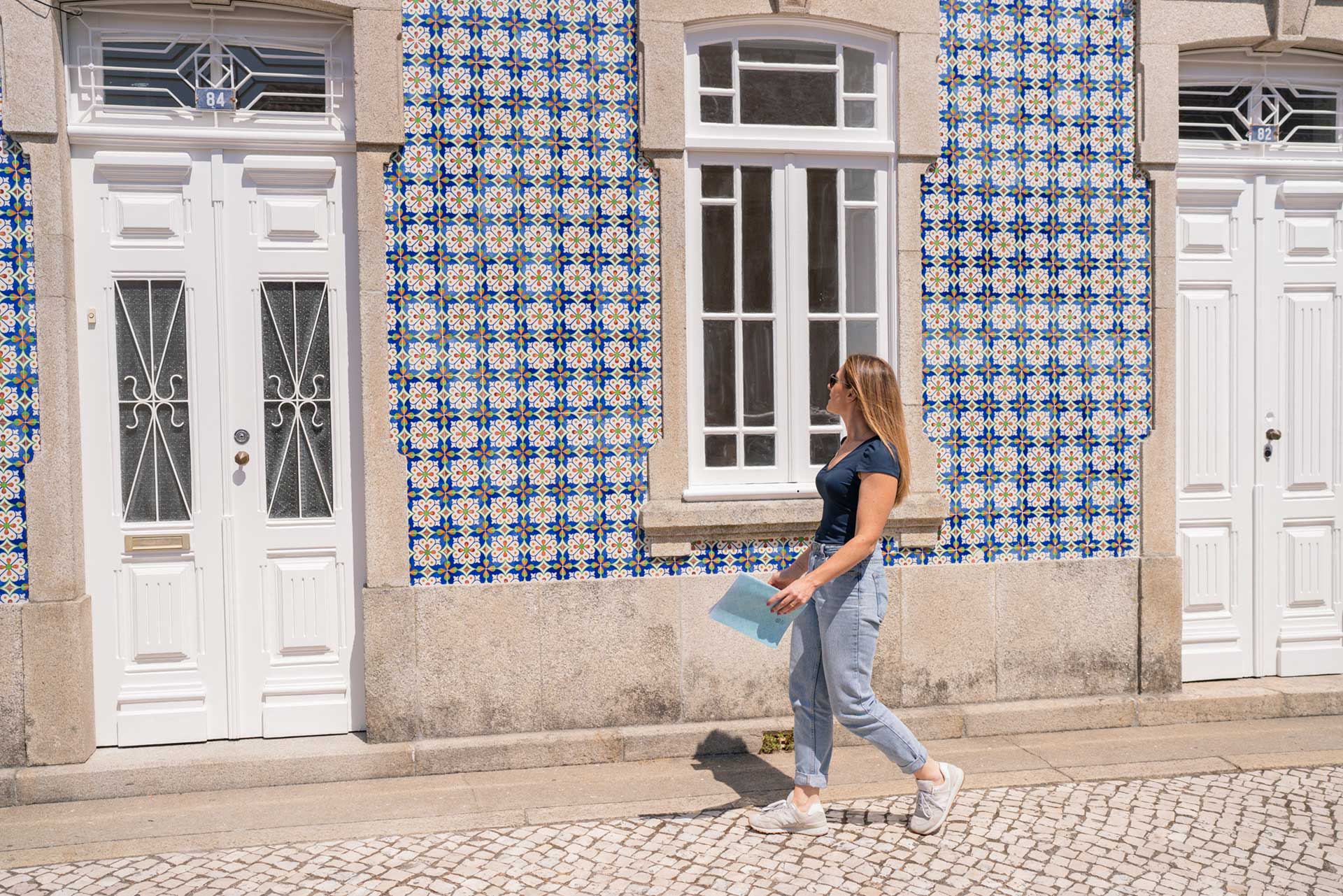Ria Viv’Arte – Artes e Ofícios na região de Aveiro
Este é um projeto que lhe dá as boas-vindas à região, um lugar encantador e repleto de tradição! Nas experiências que lhe propomos, convidamo-lo a explorar este território único, descobrindo-o sob uma perspetiva mais pessoal, conhecendo a comunidade hospitaleira que nos deixam sorrisos e saudade, explorando as suas artes e ofícios que preservam com orgulho, aprendendo e partilhando. Uma experiência inesquecível, que o fará levar consigo uma parte da nossa região.
Explore o centro da cidade de Aveiro, onde os canais cortam a paisagem urbana repleta de arquitetura art nouveau. Prove a doçaria tradicional, como os ovos moles, o pão de ló de Ovar, as tripas de Aveiro ou o arroz doce.
Deixe-se levar pelo lado natural e selvagem da região, explore a histórica Ria de Aveiro, um local especial para os amantes de aves, e para todos os que procuram momentos de tranquilidade e paz absoluta.
Entre nos famosos estaleiros onde se constroem os tradicionais barcos moliceiros e se mantém viva a arte da construção naval. Fale com os mestres construtores, conheça a fundo este símbolo da nossa região.
Assista à Arte Xávega nas praias da Região, participe no processo, conviva com os pescadores e deixe-se surpreender pela paixão à terra destas pessoas.
Sente-se criativo? Então é o momento certo para visitar as oficinas de azulejaria para apreciar esta arte que conta histórias da cultura local e que embeleza os edifícios da região.
Não pode terminar a sua visita sem conhecer a tradição da tecelagem manual. Conheça, também, a arte das esteiras de bunho, esteiras artesanais que são feitas com tiras finas de junco, e também as cangas de bois que são feitas em madeira e pintadas com cores vivas e que nos remetem para a vida no campo de outros tempos.
Por fim, admire a cerâmica da região de Aveiro. Envolva-se, ainda mais. Liberte a sua criatividade e inspiração nos ateliers da nossa região e crie as suas próprias peças!




